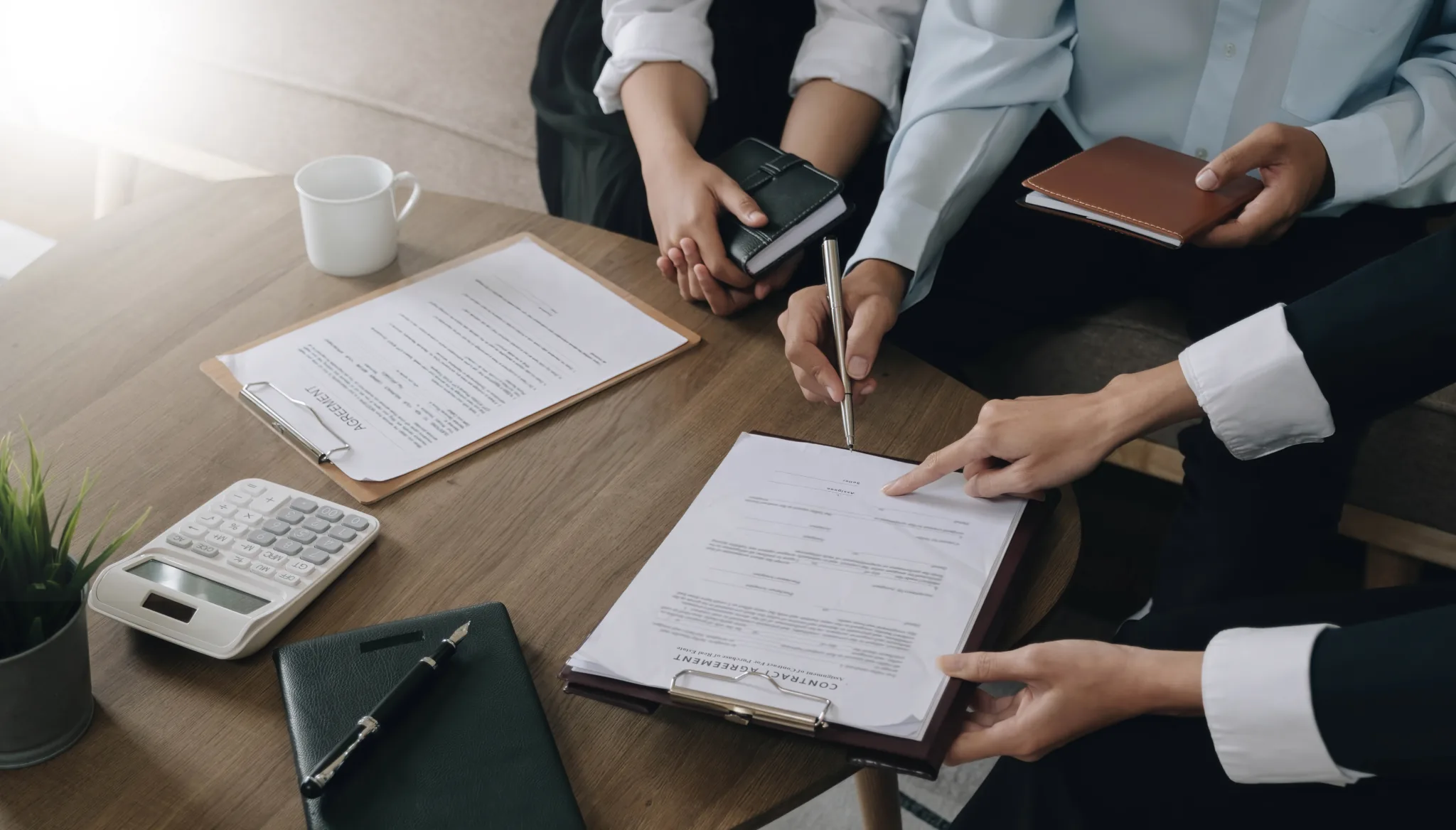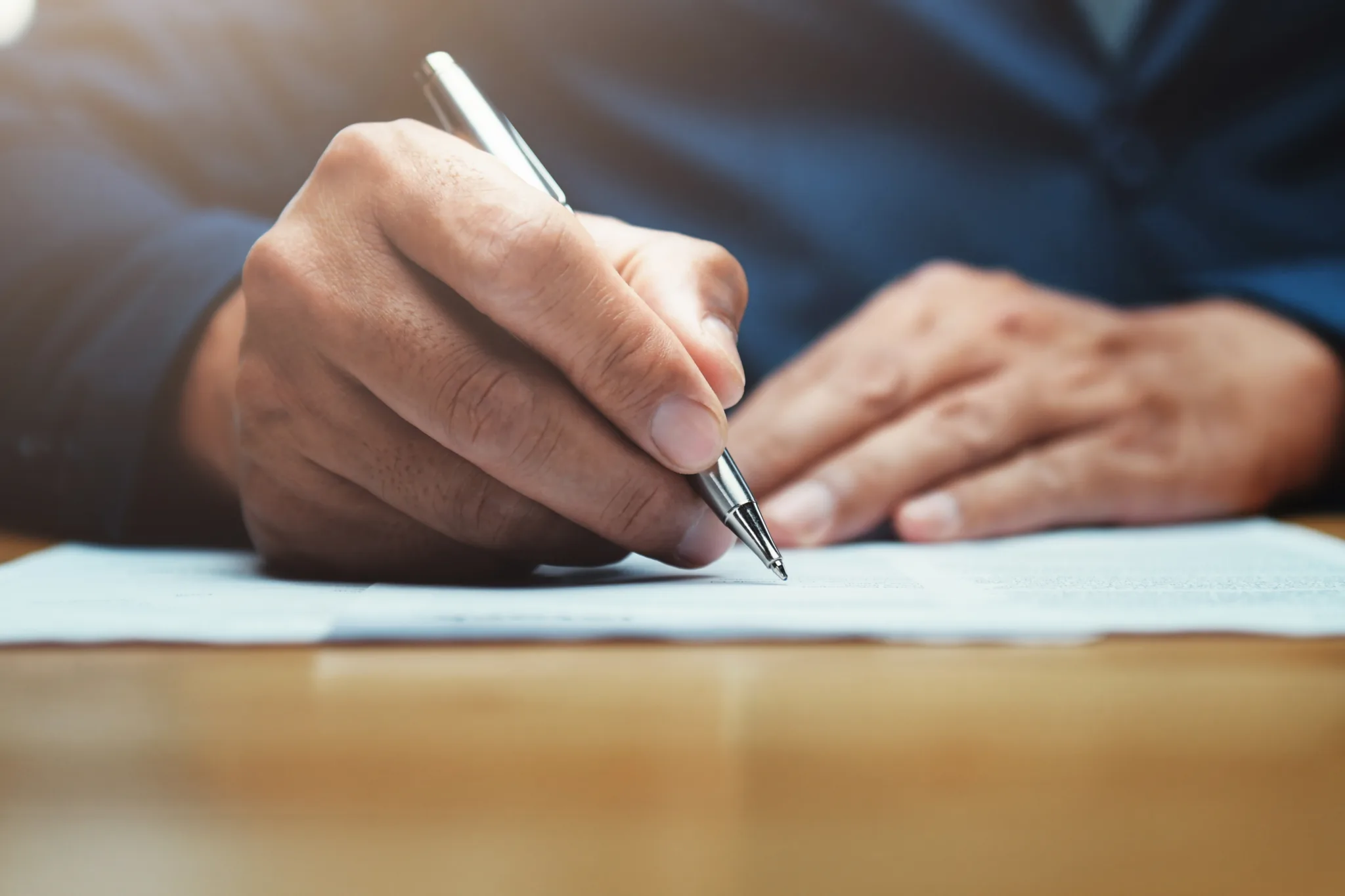Pursuit of Profits: Seeking Restitution in Patent Infringement Cases
Thanks to recent rulings by the U.S. Supreme Court, and the rise of opportunists known as “patent assertion entities,” or more commonly, “patent trolls,” patent litigation has become less reliable than in times past. The 2006 ruling in EBay, Inc. v. MercExchange, L.L.C., (547 U.S. 388) has made judges hesitant to issue injunctive relief. At the same time, laws that helped fight patent assertion entities (PAEs) are being weakened through Congress.[1]
Litigation takes time and costs money. It can seem like the deck is stacked against honest companies trying to make money today. With this double-whammy in effect, is it worth the effort to seek reasonable royalties and lost profits in a patent infringement case, or just take a settlement and be done with it?
Trolls, Patents and Profits
A “patent assertion entity” (PAE or patent troll) neither invents a product nor uses the resulting patent. PAEs, also called “non-practicing entities,”[2] exist solely to monetize existing patents. The typical modus operandi of a PAE is to locate and purchase unused patents, scour the internet for similar products, and then sue or threaten lawsuits for patent infringement unless the alleged infringer pays royalties.
Arguments exist for and against the value of PAEs in shaking up the patent system and this article will not review them. However, the existence of PAEs has affected the ability of patent holders to recover royalties and lost profits because of their methods of operation and their aggressive methods of claiming damages in court. Patent holders who have suffered infringement must be aware of how PAEs work when attempting to recover on their own behalf.
Section 284 of the Patent Act states that “upon finding for the claimant, the court shall award damages adequate to compensate for the infringement, but in no event less than a reasonable royalty for the use made by the infringer.” (35 U.S.C. § 284, emphasis added).[3]
Adequate damages normally mean “lost profits,” but in the case of a PAE, which does not use the patent itself, there are no profits. Hence, “damages” means a “reasonable royalty.” What is a reasonable royalty? According to some PAEs, it is the amount of the licensing fees that the alleged infringer did not pay, based on that company’s profits during the period of infringement.[4]
In the real world, judges and appellate courts are not buying patent trolls’ arguments. Soverain Software’s judgment was overturned on appeal. What should a patent holder with a genuine case of infringement do to prove the infringement and convince the judge (and later the appellate board) that they deserve profits and royalties?
Prepare The Actual Damages Claim
Patent infringement cases became the “goose that laid the golden lawsuit” during and just after the pandemic, to paraphrase Bloomberg law. Investors and attorneys with lots of time on their hands decided that patent litigation was a good way to spend the extra hours. According to Lex Machina[5], patent cases began trending back up after a steady decline from 2015.
For smaller companies, this increase means being on top of their game. Proving lost profits is essential in reclaiming them during the trial. Despite its age, the four-part Panduit Test is still in use, and still necessary for a patent infringement claim. Claimants must still show that:
- A market demand existed for the product, or it was licensable
- Non-infringing substitutes were unavailable or could not meet the demand
- The claimant was able to meet the demand but for the infringement
- The difference between the claimant’s profits and the infringer’s profits can be calculated as total lost profits
Failing to establish licensing or subsidiary relationships are where many claimants fail in their “lost profit” claims. According to federal law and precedent, subsidiary or licensee profit flow cannot be claimed as a profit loss unless the claimant shows that the money would have come to the principal company. [6]
Where the money comes from and where it goes is essential to reclaiming lost profits. The profit must be shown to exist before a judge can award it, however, and the company must prove who made the profit.
Reasonable Royalties and Georgia-Pacific
Although Panduit Corp. v. Stahlin Bros. Fibre Works, Inc.( 575 F.2d 1152 (6th Cir. 1978)[7] is best known for the four-part lost-profit test, the appellate court laid out what courts must consider when establishing a “reasonable royalty.” A competitor who has not participated or invested in its own research in a product can:
- Make its own non-infringing product for market, and not infringe on an existing patent
- License and sell the patented product and pay a licensing fee and royalty
- Infringe the patent and hope it is not caught
- License the product and repudiate the contract based on prior infringement
The competitor, and subsequently the court, may not treat an infringer in #3 as if the claimant and the infringer had a licensing agreement to begin with. For this reason, the Georgia-Pacific hypothetical was developed by the court. It posits a “willing licensor” and a “willing licensee” going through the negotiations that might have happened if the infringer hadn’t stolen the patent in the first place.
The difficulty of course is that, as the court in Panduit observed, it puts both the court and the claimant in the uncomfortable position of dealing with the infringer as if it had been reasonable from the outset.
Another problem with Georgia-Pacific is that the fifteen enumerated factors may not apply to all cases, may require evidence that does not exist or cannot be provided, or is what is under litigation in the case already (Factor 15: “The amount that a licensor (such as the patentee) and a licensee (such as the infringer) would have agreed upon (at the time the infringement began) if both had been reasonably and voluntarily trying to reach an agreement” meaning a reasonable royalty is…a reasonable royalty).[8]
Restitution and Unjust Enrichment
In his article “Ending Unreasonable Royalties: Why Nominal Damages Are Adequate To Compensate Patent Assertion Entities For Infringement,” (Vermont Law Review, Vol. 39:867)[9] Attorney Daniel H. Brean suggested that claimants should push for restitution rather than royalties in patent infringement cases.
In Aro Manufacturing Co. v. Convertible Top Replacement Co., (377 U.S. 476, 504–05 (1965), Aro infringed on CTR’s license with Ford Motors to sell convertible car replacement covers. CTR sued Ford (for violating the licensing agreement) and Aro (for patent infringement). The Court ruled in this case that CTR was not entitled to more than what they received from Ford, since that was what they would have had in profits had Ford not breached the agreement. CTR was not entitled to Aro’s additional profits simply because Aro had profited from CTR’s patent.
This is true in many patent infringement cases. If a claimant’s lost profits are adequate, they should resist the temptation to double-dip and pursue any contributing infringers for additional losses. On the other hand, if the claimant can show that the contributing infringer took profits as well, then that should be included in their claim.
Unless a claimant can show actual damages and lost profit, courts are increasingly wary of awarding damages, thanks to the tireless efforts of patent assertion entities and non-practicing entities. At the same time, legitimate patent holders and licensees must receive fair, reasonable, and non-discriminatory (FRAND) compensation for their patent they are entitled to.
Best Practices for Patent Infringement Claimants
As noted, claimants’ first step should be establishing their profit loss and actual damages. A solid forensic accounting of what the infringement has cost, beginning with the date the patent became active will give the judge a figure to work from.
Calculating royalties is more of an art than a science. Experts in the field recommend reviewing other licensing agreements if they are available. Such data may not be permissible in court unless it meets stringent guidelines, so claimants should consult a patent attorney before using these agreements in legal documents.
Legal experts suggest that courts are trending towards reasonable settlements and avoiding litigation where possible. If claimants can suggest a figure that the infringer is more willing to pay, the judge is more likely to accept it.
Claimants should not let the current trends prevent them from seeking justice. Industry reports suggest that overall patent cases are trending down, and reasonable royalty awards have been increasing. Just over 20% of cases that went to appeal were reversed, a hopeful sign for companies hit by overanxious PAEs.[10]
If a settlement can be reached that is more than the lost profit and time spent litigating, and the amount of effort expended does not exceed the return from the infringer, then claimants should always try for reasonable royalties when a patent has been stolen or stepped on. Preparation is key in all these cases, but they are eminently winnable with proper planning.
- [1] https://www.eff.org/deeplinks/2024/03/congress-must-stop-pushing-bills-will-benefit-patent-trolls
- [2] https://scholar.smu.edu/cgi/viewcontent.cgi?article=1542&context=law_faculty
- [3] https://www.law.cornell.edu/uscode/text/35/284
- [4] https://lawreview.vermontlaw.edu/wp-content/uploads/2015/05/39-4-04_Brean.pdf (citing Soverain Software, L.L.C. v. CDW Corp., 836 F. Supp. 2d 462, No. 6:2007-cv-511 (E.D. Tex. May 13, 2010)
- [5] https://lexmachina.com/blog/lex-machina-releases-its-2022-patent-litigation-report/
- [6] https://www.iptechblog.com/2021/09/plaintiffs-beware-disclose-all-evidence-of-lost-profits-damages-during-discovery/
- [7] https://law.justia.com/cases/federal/appellate-courts/F2/575/1152/372272/
- [8] https://www.dinsmore.com/content/uploads/2018/11/2018_02_Remedies_01_Patents_A_Royalty_Damages.pdf
- [9] https://lawreview.vermontlaw.edu/wp-content/uploads/2015/05/39-4-04_Brean.pdf
- [10] https://lexmachina.com/blog/lex-machina-releases-its-2024-patent-litigation-report/






